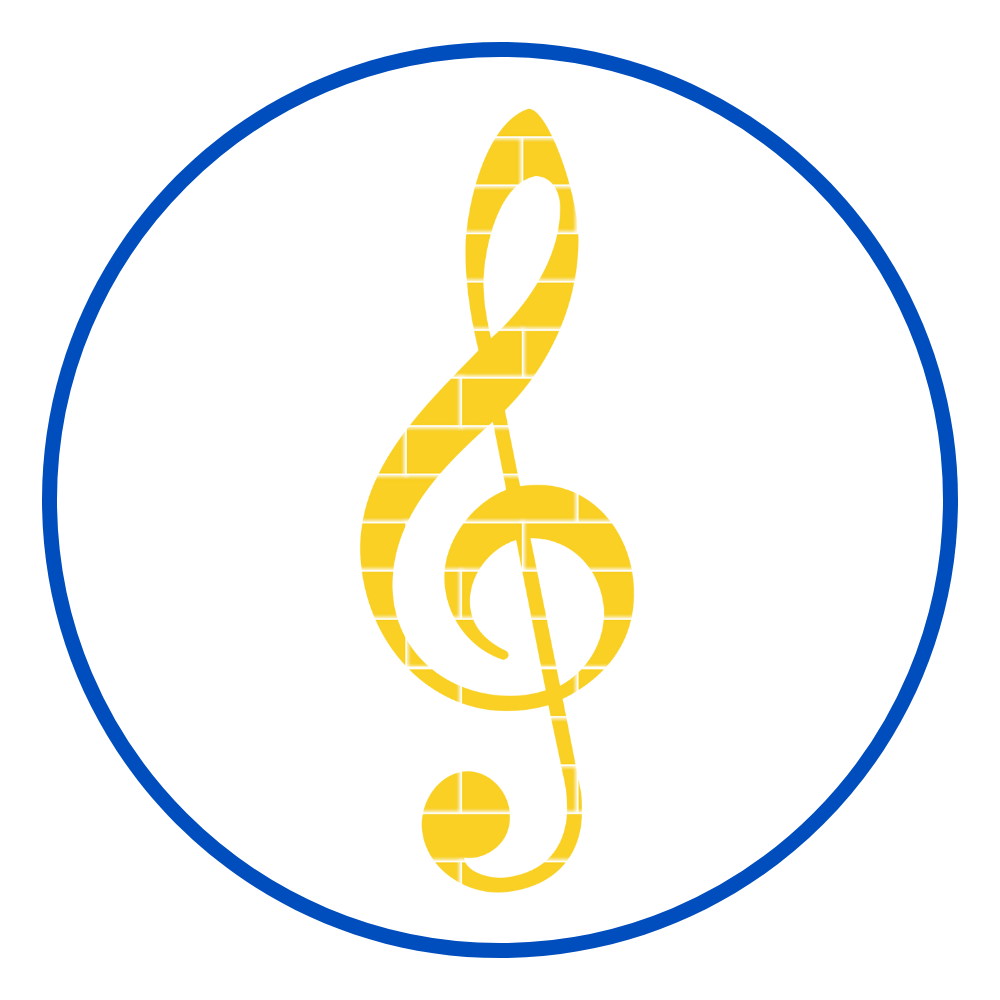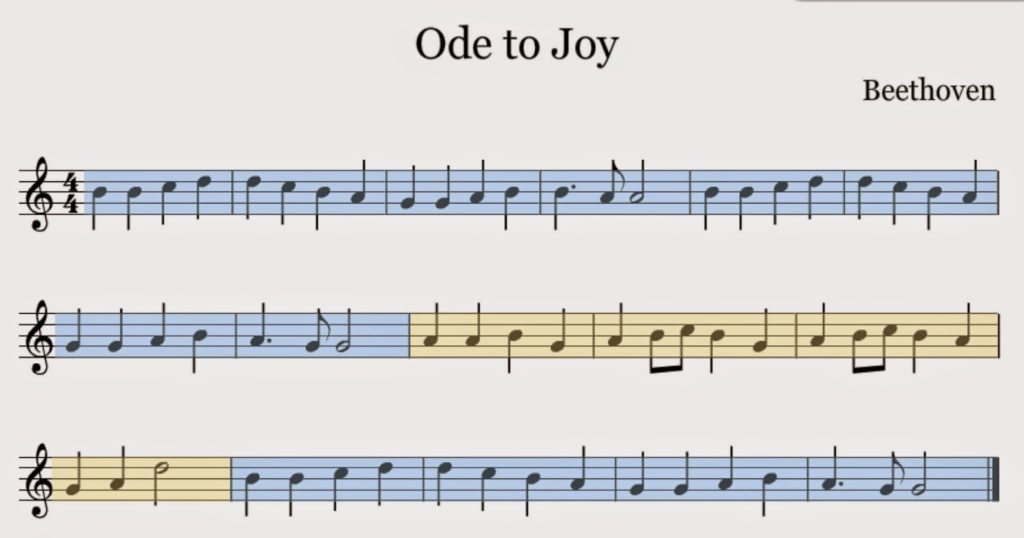Today I’m going to share some more ideas on how to incorporate art music into your classroom. If you didn’t catch my last post on this topic, you can read it here. For part two of this series, I’ll be matching well-known pieces with the musical concepts that can be taught with them. I’ll also be describing short, movement-filled activities that you can do with each piece.
1. Offenbach’s Infernal Galop is great for teaching about long and short sounds. Begin the lesson with active listening. Tell the students to tiptoe around the room when they hear short sounds. When they hear long sounds, they should march or stomp. My students would wear themselves out moving to the rhythm, and I can’t say that I minded!
The long and short begins at 1:16.
2. Rossini’s William Tell Overture is great for practicing loud/soft or piano/forte. My students spent many joyous minutes tiptoeing to the soft parts and marching/stomping around during the loud parts. This would also be a great activity for a non-musical sub.
3. The closing of Holst’s Mars is a great piece in which to discuss the importance of silence in music. Ask your students leading questions such as, “How does the silence build tension in the music?” Ask them to write out their thoughts in a journal using music vocabulary they know or terms from your word wall.
Start the video at 6:48 to go directly to the silencey goodness!
4. Bach’s Toccata and Fugue in d minor is great for discussing the mood of music. Ask your students to draw a picture that depicts how they feel as they listen to the music. If you’re working with older students, you could discuss how key plays a role in the mood of the music.
5. Last but not least, Beethoven’s “Ode to Joy” works well to highlight same and different parts (form.) Students who’ve played this piece on the recorder will be particularly adept at picking out the same and different parts in the melody. You could ask students to play the melody with the recording using Stop/Go signs described in my last blog post to keep them in sync with the music. If they know all the Solfa pitches (d,r,m,f,s) they could also sing along with the recording.


6 Responses
Love this series- so many great ideas! Movement and playing along are my top 2 choices for active listening as well. Such a great way to get them engaged and involved.
Agreed! When I chose a piece of music, the first question to myself was, how will I have the kids move to this?
Thank you, Jennifer! We are working on long and short sounds in PreK and galloping is their favorite part of loco-motor movements. I usually play on piano while kids move, teaching walk, skip, hop, and gallop. I completely forgot about this particular piece. I am going to use your great idea of art music series. Thank you!
You're welcome! Thanks for commenting!
I love these ideas! I love listening activities and anything that gets kids to listen to classical music (and like it!). Will definitely use these in my class.
Thanks Rebecca! I'd love to hear how it goes 🙂